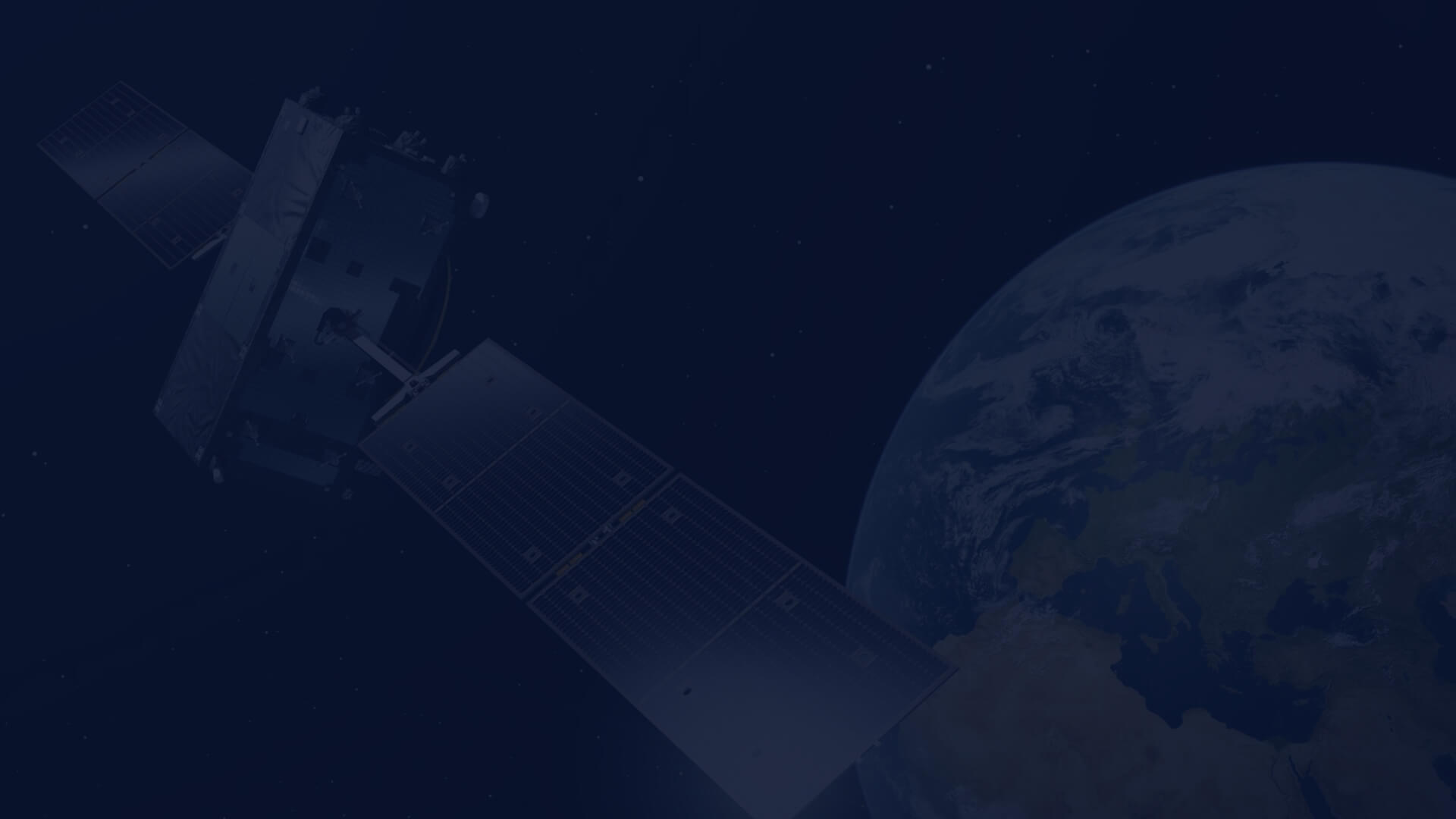CREODIAS provides commercial services for Copernicus Data Space Ecosystem oferred by a Consortium consisting of T-Systems as a leader, CloudFerro, Sinergise, VITO, DLR, ACRI-ST, and RHEA. Payable services include: CloudFerro cloud, T-Systems Open Telekom Cloud, EO based services including VHR imagery, PGaaS, Sentinel Hub, openEO, free trials for most functions and more. Access to CREODIAS is possible using Copernicus Data Space Ecosystem credentials.
The Copernicus Data Space Ecosystem is constantly being developed, providing users with more and more attractive services. Here are some new features introduced recently:
- Data Workspace, new application for processing and ordering was launched and integrated with Copernicus Browser providing new experience for users.
- Ordering products from archive – Deferred Access Data is enabled, enriching data offer.
- Partial download is now available on Copernicus Browser. User does not need to download a full EO product. It is possible to select individual files for downloading.
- OpenEO API is available [https://openeo.dataspace.copernicus.eu/]
- Jupyter Notebooks service was enabled [https://jupyterhub.dataspace.copernicus.eu/hub/login?next=%2Fhub%2F].
- Existing traceability service was enriched with new web user interface [https://trace.dataspace.copernicus.eu/traces]. Starting mid-April, new traces were generated for constantly ingested Sentinel-1, Sentinel-2, Sentinel-3 and Sentinel-5p products. Now, users can search for traces using web UI, in addition to the previously released traceability API.
- Sentinel-1 Level 1 GRD Cloud Optimized GeoTIFF are available and accessible for users.
CREODIAS users can now have commercial access to a new range of VHR (very high resolution) images of satellites managed by AxelSpace GRUS, a Japanese microsatellite company.
AxelSpace's GRUS constellation is designed to provide high-resolution optical imagery of the Earth's surface, focusing on frequent revisits to any point on the planet. The satellites are equipped with high-resolution optical cameras capable of capturing images with a resolution of up to 2.5 meters. By adding AxelSpace GRUS imagery to its platform, Creodias will be able to offer customers an even wider range of Earth observation data for a variety of applications, including agriculture, forestry, urban planning, and disaster response.
The GRUS constellation is designed to provide frequent revisits to any point on the Earth's surface, with a target of a daily revisit frequency. This makes it an ideal tool for monitoring changes on the Earth's surface, such as crop growth, deforestation, and urbanization, as well as for disaster response and management.
AxelSpace plans to expand the GRUS constellation in the future, with a goal of having over 50 satellites in orbit by 2025. This will further increase the revisit frequency and coverage area of the constellation, allowing it to provide even more valuable data for Earth observation and analysis.
Specification of GRUS constellation:
- Satellite size and weight: Each GRUS satellite measures 50 cm x 50 cm x 70 cm and weighs about 100 kg.
- Orbit: The GRUS satellites are placed in a sun-synchronous orbit at an altitude of around 500 km.
- 5 spectral bands, including Blue, Green, Red, Red-edge, and Near-infrared.
- Imaging capabilities: The satellites are equipped with high-resolution optical cameras that can capture images with a resolution of up to 2.5 meters. The cameras are capable of capturing multispectral images in the visible and near-infrared ranges.
- Revisit time: The constellation is designed to provide frequent revisits to any point on the Earth's surface, with a target of a daily revisit frequency.
- Mission lifetime: The expected mission lifetime for each satellite is about 5 years.
Check the entire VHR EODATA+ offer.
The operator of CREODIAS, a platform aiming to provide all possible Earth Observation data in one place, has signed a reseller agreement with Planet Labs GmbH. Right now CREODIAS users can additionally benefit from Planet's products and imagery on commercial terms.
Planet provides solutions such as Planet Monitoring, the service uses almost 200 CubeSat satellites. Thanks to this huge number of microsatellites we can monitor the area we need every day at a resolution of up to 3.7m in 4 multispectral channels with revisits of up to 90 minutes.
For that, the Planet Tasking service gives us access to SkySat satellite tasking with a resolution of 0.5m also in four multispectral channels.
All services are available in a user-friendly web environment, and for full automation, access via API is provided.
The extensive archive of satellite products dates back as far as 2009.
Please, contact us for more information at sales@creodias.eu

